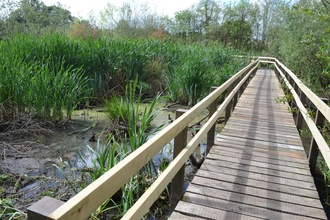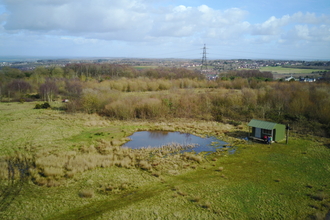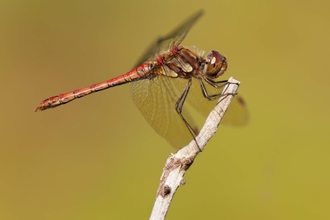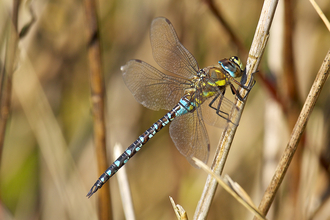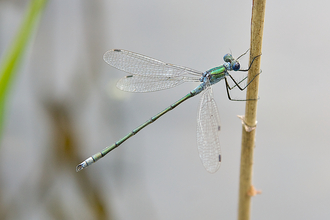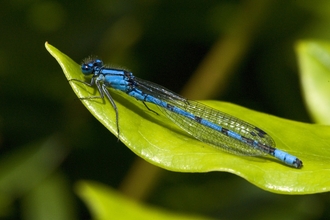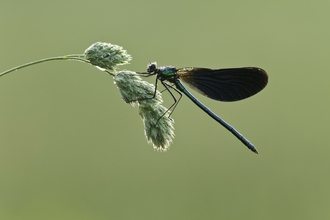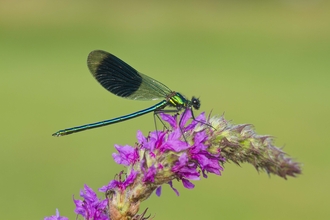Devil fly
Dragonflies got their English name due to a mistranslation of the word "devil" from the original Romanian name for the insect group. The Romanian word for "devil": "drac" was translated as "dragon". To many, they have a terrifying appearance, comparable to an image of the devil himself, but look at them a little more closely and it is clear that they are not the scary creatures they are made out to be. Decorated with a multitude of different colours and equipped with impressive kaleidoscope eyes, dragonflies are stunning creatures. But they have nothing to do with dragons.
Dragonflies are larger, with thicker bodies than damselflies. When resting, the always hold their wings out at right-angles to their bodies and the front and rear wings are unequal in size. Dragonflies also have large eyes with no gap in between them.
As aerial predators, dragonflies are equipped with a fearsome-looking set of teeth, which they use for catching and eating other insects; from mosquitoes to small moths and butterflies (and occasionally, even other dragons!). But those gnashers aren't sturdy enough to bite through human skin and it is very unlikely that you are likely to be attacked by dragonflies, Those individuals that hover around humans are often just looking for a safe place to land and rest, rather than finding a juicy arm to bite. The people most likely to be bitten are entomologists when they handle dragons directly on surveys, but that is an act of simple self defence from the insect.
You can spot dragonflies in a range of habitats in Shropshire; from woodlands and meadows to river banks and peatbogs. Only their larvae depend on water, but once they emerge as adults, they will happily venture great distances from water in search of good places to eat and rest, before returning to water to mate and lay eggs.
By September, there are still plenty of places worth visiting around the county where you can watch dragonflies hunting. Below are some of our best nature reserves for dragonfly spotting.


